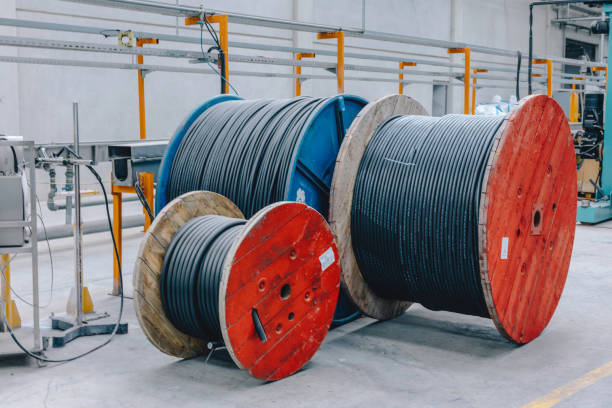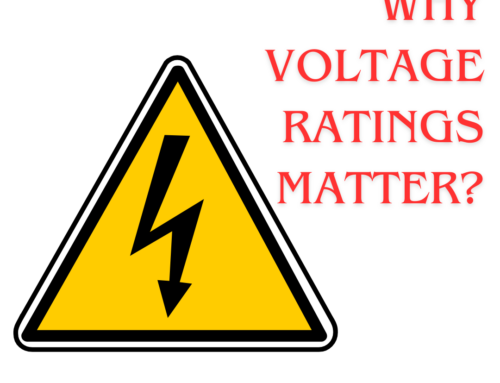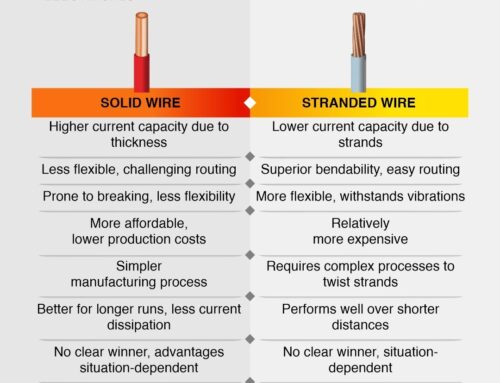In the busy world of electrical industries, the delivery of products is not just a service; it’s the heart of commerce. In today’s fast-paced service of electric cable transport, timely delivery of products is essential. Whether it’s electric cables, glands, wires, or other components, a well-designed delivery system can make all the difference. Let’s explore why electrical product delivery infrastructure matters and how it impacts the industry.
Fact File: Did you know that the logistics of Electrical Product Transport can influence the energy consumption of an entire city? A new study from Atlas Public Policy, found out that owning an Electric Vehicle will help people save money over a seven-year span, the average time span a person owns a new vehicle. Thus, efficient delivery systems can save enough energy to power thousands of homes annually.
Why Electrical Delivery Systems Need to Be Well-Designed
A well-oiled electrical product delivery system is the backbone of the industry. It’s not just about moving products; it’s about energizing businesses and empowering progress. Here’s why:
The Time-Money Equation
At construction sites, labor charges are often billed by the hour. Therefore, fast electric cable delivery of cables, glands, lugs, and ties translates to fewer man-hours required on-site. This not only saves money but also speeds up project timelines. Imagine the impact of a delay on a critical project—every hour counts.
Professional Commitment
Prompt delivery shows commitment to professionalism. Clients appreciate contractors who meet deadlines consistently. The efficiency of electric wire delivery enhances client satisfaction and builds trust. Satisfied clients are more likely to recommend your services and engage you for future projects, helping you increase your company’s reputation.
Work Flow Efficiency
Electrical product delivery infrastructure is the foundation of a well-planned business ecosystem. It can establish smooth coordination and communication, which are vital for the completion of projects. Moreover, workers benefit from access to materials immediately on-site. After all, a project delayed is a profit denied.
Sustainability
In today’s environmentally friendly society, sustainability matters. With the increasing focus on carbon footprints, using electrical product transport electric vehicles (EVs) is not just a choice; it’s a statement. Not only do EVs lower emissions of supply chains but also align with global efforts to combat climate change. Sustainable delivery practices benefit both the industry and the planet.
Product Safety
Storage and transportation impact product safety. Inefficient delivery systems can lead to damage, affecting the overall capability of electrical products. Proper handling during transport prevents cable insulation damage, connector deformities, and other issues thereby, ensuring product integrity.
Diversity of Function
Electrical contractors deal with various products and clients. Different types of products require their own modes of transport. A good delivery system caters to this need, whether it’s cable glands and lugs to a skyscraper or cable ties to a local electrician, the ability to adapt to varying needs with the right delivery method is what sets a top-tier delivery service apart.
Conclusion
To conclude, delivery systems are the backbone of the electrical products industry. They bridge the gap between manufacturers, contractors, and customers. A well-designed system guarantees project completion on time, client satisfaction, and environmental responsibility. Without efficient delivery, entire ecosystems—whether residential, commercial, or industrial—would struggle to function productively.
As the industry evolves, let’s continue to prioritize smart delivery solutions. By doing so, we contribute to a brighter, more connected future—one cable at a time.





